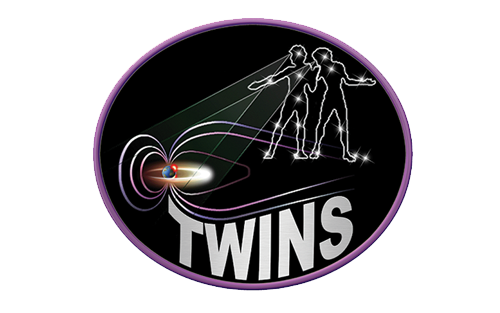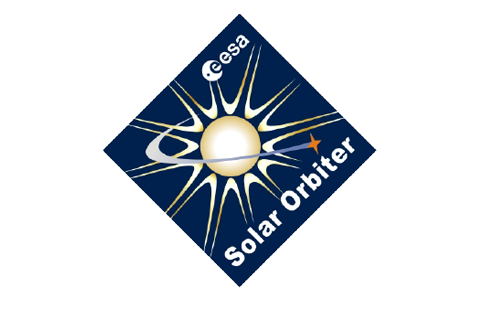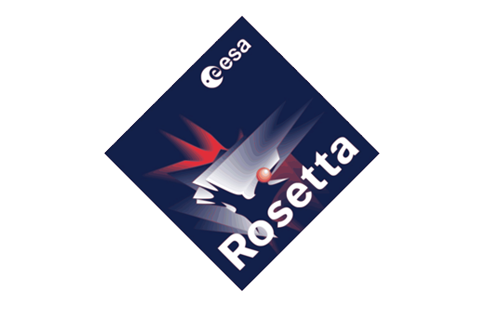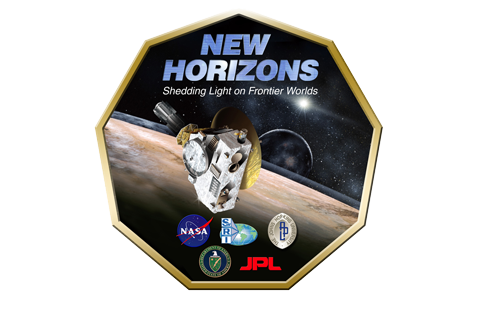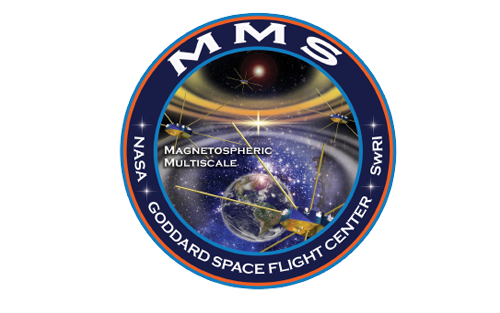TWINS
Jessica Armstrong2023-05-24T19:18:35+00:00The Two Wide-angle Imaging Neutral-atom Spectrometers (TWINS) mission is a NASA Explorer Mission-of-Opportunity that has been stereoscopically imaging the Earth's magnetosphere since June 2008. TWINS comprises of two identical spacecraft and extends our understanding of magnetospheric structure and processes by providing simultaneous Energetic Neutral Atom (ENA) and UV (Lyman-alpha) images from two widely separated locations. Stereo imaging is yielding substantial progress in characterization of the global three-dimensional distribution of the ring current and large-scale structures in the magnetosphere. TWINS' extended science mission focus is to: Determine the structure and evolution of the storm-time magnetosphere Understand the energization and transport of magnetospheric [...]


